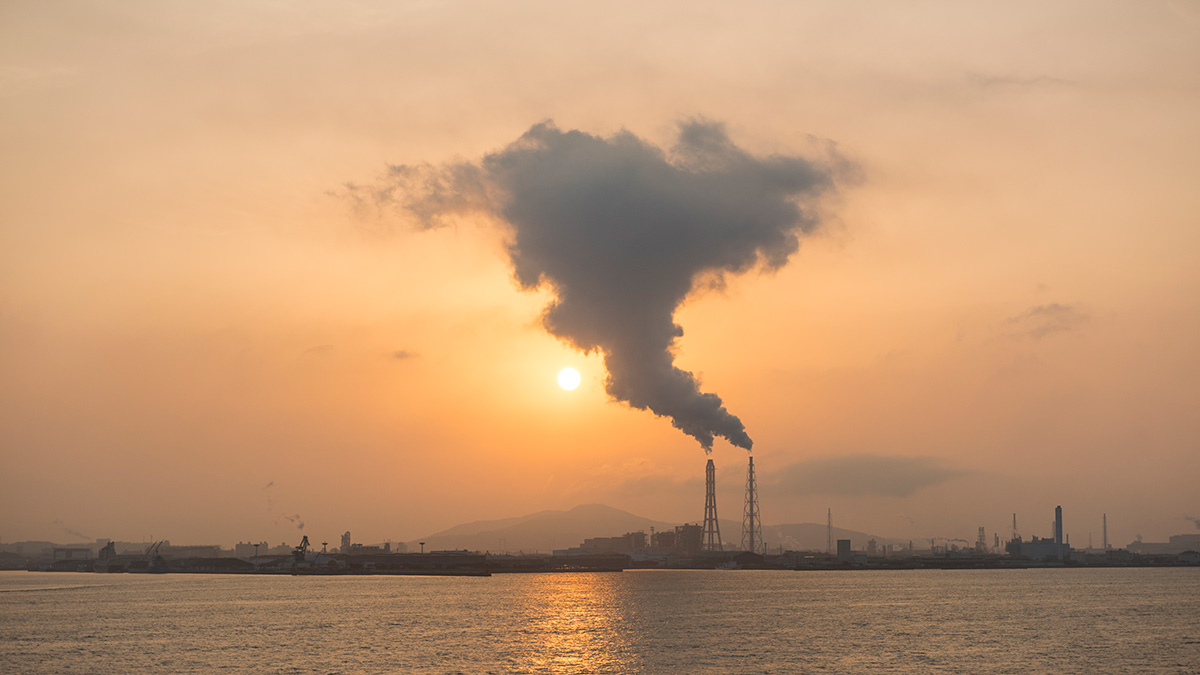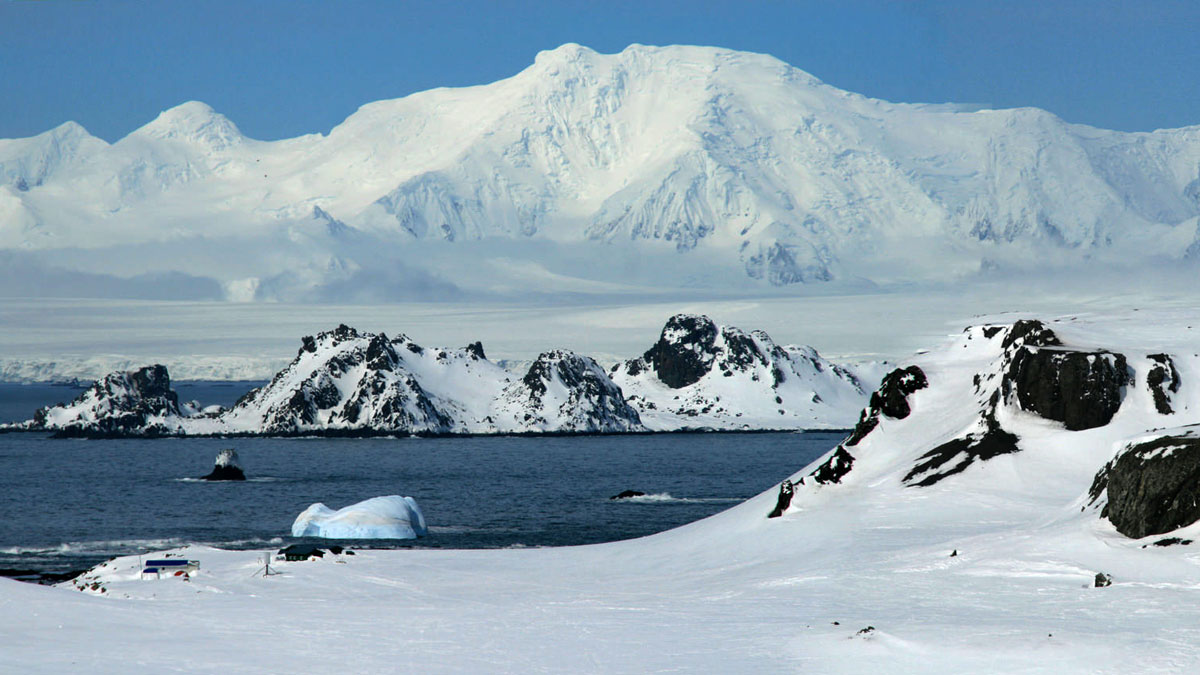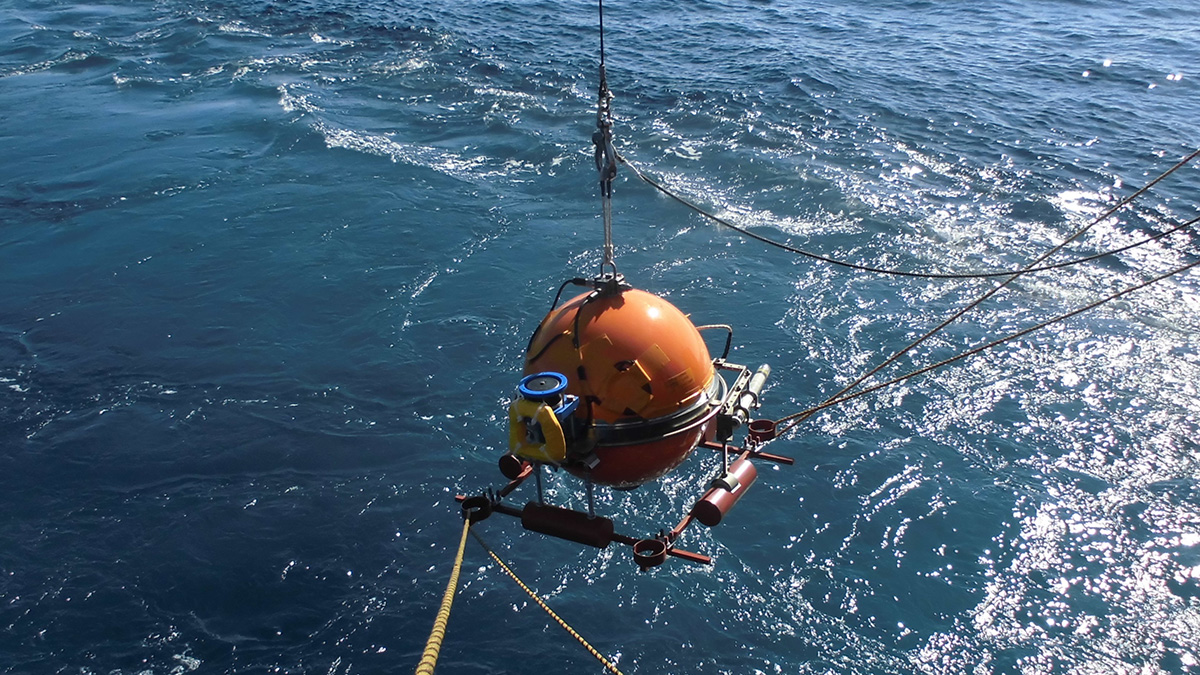Excess phosphorus may reach U.S. rivers, lakes, and groundwater through water main leaks and outdoor water use.
Research Spotlights
Research spotlights are plain-language summaries of recent articles published in AGU’s suite of 24 journals.
El dióxido de carbono antropogénico es rastreado hacia el océano
Con ayuda de un modelo de circulación oceánica, un equipo de investigadores logró etiquetar y rastrear el carbono emitido antropogénicamente para determinar si su destino es la atmósfera o el océano.
How Kicked-Up Dust Forms Cirrus Clouds
Dust lifted into the air by cyclones provides anchor points for cloud-forming ice.
Scientists Just Measured a Debris Flow in Unprecedented Detail
This research team used a laser sensor originally designed for autonomous vehicles to track debris flow surges.
Iron Is at the Core of This Earth Science Debate
A new study investigates iron’s form at the planet’s interior. The findings have repercussions for understanding the inner core’s structure.
Mapping the Fizzy Brines and Fluid-Filled Fractures Below a Volcano
Seismic tools reveal where hydrothermal fluids lie beneath the Uturuncu volcano in Bolivia and hint at their composition.
A Deeper Dive into Wintry, Carbon-Absorbing Antarctic Waters
Cold surface water in the Southern Ocean is a critical component in ocean carbon uptake. A new study profiles it using state-of-the-art research techniques.
Munching Moose Cool Forest Floors
By making clear-cut forests patchier, moose create a reflective surface that bounces back sunlight and keeps temperatures down.
Lagos longevos cuentan una historia sobre el agua en Marte
Imágenes de alta resolución de paleolagos recientemente descubiertos en Marte demuestran un período de su historia con flujo de agua constante.










